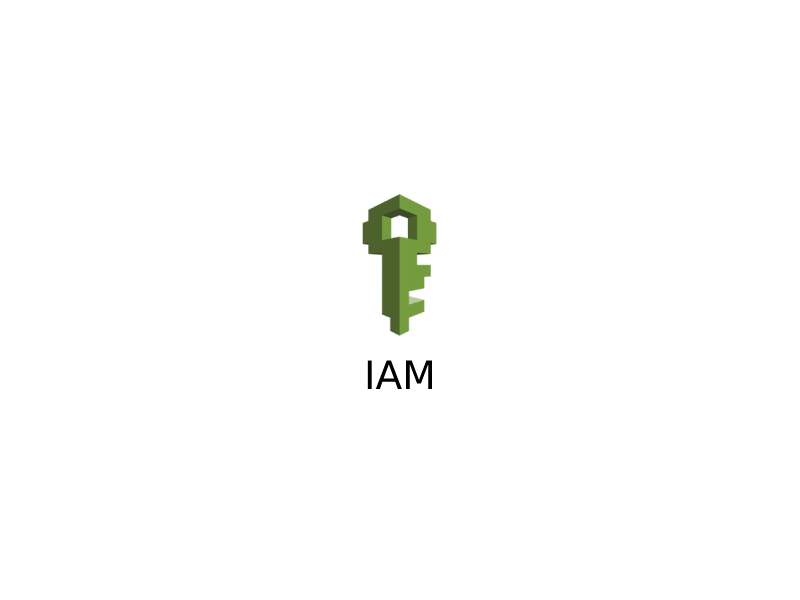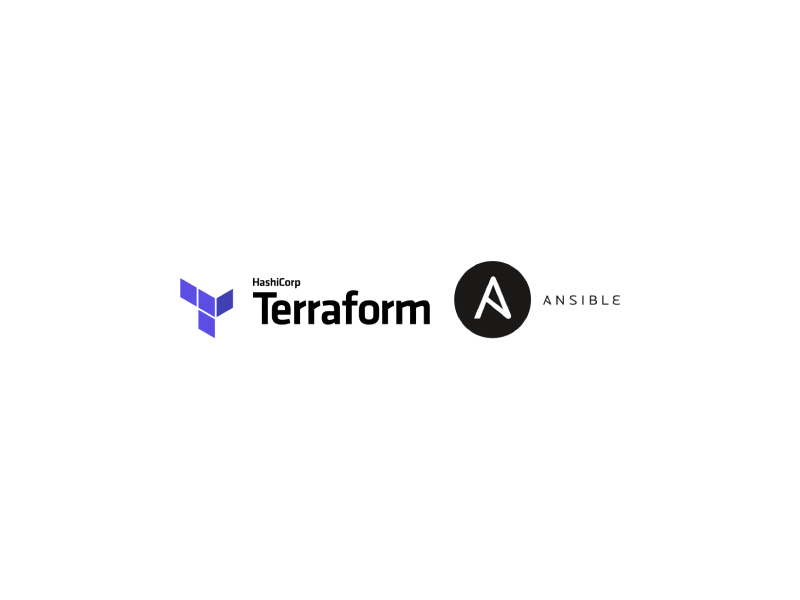Infrastructure as Code (IaC) has revolutionized the way DevOps engineers manage and provision IT infrastructure. By automating the setup of environments through code, IaC enables more efficient, consistent, and scalable deployments. In 2024, several IaC tools stand out, each offering unique features to streamline the workflow of DevOps engineers. In this comprehensive guide, we’ll explore the best IaC tools for DevOps in 2024, helping you choose the right one for your needs.
1. Introduction to Infrastructure as Code (IaC)
Infrastructure as Code (IaC) is the practice of managing and provisioning computing infrastructure through machine-readable scripts rather than physical hardware configuration or interactive configuration tools. IaC allows for the automation of the entire infrastructure setup, making it a cornerstone of modern DevOps practices.
2. Benefits of Using IaC Tools
- Consistency: IaC ensures that the same environment is created every time, reducing discrepancies between development, testing, and production.
- Efficiency: Automating infrastructure setup speeds up deployment and reduces manual errors.
- Scalability: IaC allows for the easy replication of environments, aiding in scaling operations.
- Version Control: Infrastructure configurations can be version-controlled, just like application code, facilitating better tracking and rollback capabilities.
3. Top IaC Tools for 2024
Terraform
Overview: Terraform by HashiCorp is one of the most popular IaC tools, known for its versatility and support for multiple cloud providers. It uses a declarative language, HashiCorp Configuration Language (HCL), to define infrastructure.
Key Features:
- Multi-cloud support
- State management
- Dependency resolution
- Modular configuration
Ansible
Overview: Ansible by Red Hat is an open-source tool that provides automation for configuration management, application deployment, and task automation. It uses a simple, human-readable YAML syntax.
Key Features:
- Agentless architecture
- Extensive modules library
- Idempotent operations
- Easy to learn and use
Pulumi
Overview: Pulumi offers infrastructure as code using general-purpose programming languages like JavaScript, TypeScript, Python, and Go, making it highly flexible and powerful for developers.
Key Features:
- Multi-language support
- Strong integration with CI/CD pipelines
- Rich ecosystem
- Easy cloud integration
AWS CloudFormation
Overview: AWS CloudFormation is a service that gives developers and businesses an easy way to create and manage a collection of AWS resources using templates.
Key Features:
- Deep integration with AWS services
- Template-based configuration
- Comprehensive documentation
- Supports complex deployments
Chef
Overview: Chef uses a Ruby-based DSL for configuration management, allowing for the automation of infrastructure configuration, deployment, and management.
Key Features:
- Test-driven infrastructure
- Strong community support
- Robust ecosystem of cookbooks
- High scalability
4. Detailed Comparison of IaC Tools
| Feature | Terraform | Ansible | Pulumi | AWS CloudFormation | Chef |
|---|---|---|---|---|---|
| Language | HCL | YAML | Multiple (JS, TS, Python, Go) | JSON/YAML | Ruby |
| Multi-Cloud Support | Yes | Yes | Yes | No | Yes |
| Learning Curve | Moderate | Low | Moderate | Moderate | High |
| State Management | Yes | No | Yes | Yes | Yes |
| Modularity | High | High | High | Medium | High |
5. Key Features to Consider When Choosing an IaC Tool
- Compatibility: Ensure the tool supports the cloud providers and services you use.
- Ease of Use: Consider the learning curve and ease of integration.
- Community and Support: A strong community can be invaluable for troubleshooting and best practices.
- Extensibility: The ability to extend and customize the tool to fit your specific needs.
6. Real-world Use Cases and Case Studies
- Case Study 1: How a fintech company scaled its operations using Terraform
- Case Study 2: Streamlining application deployment with Ansible in a healthcare organization
- Case Study 3: Enhancing developer productivity with Pulumi at a tech startup
7. Best Practices for Implementing IaC
- Modularization: Break down your infrastructure into reusable modules.
- Version Control: Use Git or other version control systems to track changes.
- Continuous Integration: Integrate IaC into your CI/CD pipelines for automated testing and deployment.
- Documentation: Maintain comprehensive documentation for your infrastructure code.
8. Challenges and How to Overcome Them
- Complexity: Start with simple setups and gradually introduce complexity.
- State Management: Use remote state storage solutions to manage state files securely.
- Security: Implement strict access controls and encrypt sensitive data.
9. Future Trends in IaC
- AI and Machine Learning Integration: Predictive infrastructure scaling and automated anomaly detection.
- Improved Multi-Cloud Support: Tools that offer seamless integration across various cloud providers.
- Serverless Architectures: Enhanced support for serverless computing and microservices.
10. Conclusion
Choosing the right Infrastructure as Code tool can significantly impact the efficiency and scalability of your operations. By understanding the strengths and limitations of each tool, you can make an informed decision that aligns with your organizational goals. Stay updated with the latest trends and continuously refine your IaC practices to keep pace with the evolving DevOps landscape.
FAQs
- What is Infrastructure as Code (IaC)?
Infrastructure as Code (IaC) is a practice where infrastructure is provisioned and managed using code and automation rather than manual processes.
- Why is Terraform popular among DevOps engineers?
Terraform is popular due to its multi-cloud support, modular architecture, and powerful state management capabilities.
- Can IaC tools be integrated with CI/CD pipelines?
Yes, most IaC tools can be integrated with CI/CD pipelines to automate testing and deployment processes.
- What are the benefits of using Pulumi over other IaC tools?
Pulumi supports multiple programming languages, making it flexible for developers, and integrates well with various cloud services and CI/CD systems.
- How do I choose the best IaC tool for my organization?
Consider factors like compatibility with your cloud provider, ease of use, community support, extensibility, and the specific needs of your infrastructure and development workflows.




